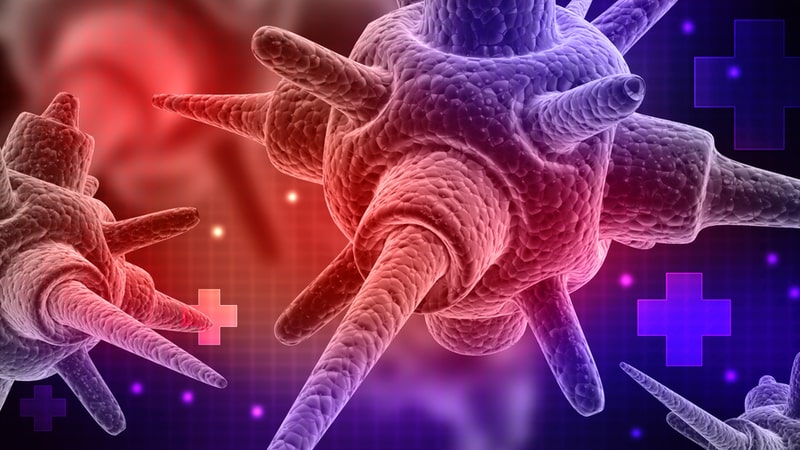
Not only did the COVID-19 pandemic radically alter how Federal agencies meet their mission, but it also gave some agencies new responsibilities that are, quite literally, matters of life and death.
Agencies such as Health and Human Services (HHS) and Veterans Affairs (VA) have been tasked with spearheading the Federal government’s management of the COVID-19 vaccine and other therapeutic treatments. Those agencies have been forced to act quickly and innovate to help ensure safety, deliver treatment, and accelerate vaccine development.
Speaking today at the ACT-IAC ReImagine Nation ELC Conference, Jose Arrieta, former CIO of HHS, and Scott DuVall, director of VA Informatics and Computing Infrastructure discussed how their agencies were able to quickly organize to address COVID-19 challenges, as well as the innovative technologies they’ve leveraged.
Back in April, HHS launched the HHS Protect Platform, a secure data ecosystem powered by eight commercial technologies for sharing, parsing, housing, and accessing COVID-19 data. Arrieta explained that the platform is driven by the desire to protect transparency, information sharing, privacy, and security.
Regarding its COVID-19 response, Arrieta stressed that agencies need to make sure their actions match their goals.
“One of the things we’ve learned with COVID-19 is that when you are detailing in a multi-layered environment – Federal, state, and local officials – is you have to establish a set of values and you have to commit to those set of values with any action you take,” he said. “You can’t be linear in terms of what you execute and plan to do, you have to execute on your values.”
Tying back to the HHS Protect platform, Arrieta said that by understanding its values, HHS was able to generate results – and successes – rather quickly with the platform. In the first couple of weeks of April, HHS launched the platform with 2.5 billion data elements, it quickly expanded the platform and began onboarding users from all 50 states and Puerto Rico. By July, the platform had 4 billion data elements. The goal was to create a portal into COVID data that could be shared across all levels of government, could be trusted by all, and was transparent in terms of data collection.
Once the portal was up and running, Arrieta’s team turned to innovative technologies. Over the summer, supervised machine learning was introduced to the platform. The supervised machine learning was able to analyze the data and begin making predictions, such as which parts of the country were likely to become hotspots or how an infusion of medical supplies would impact a specific locality. Arrieta stressed that they weren’t collecting personally identifiable data, just environmental data. But, understanding the environmental data allowed HHS to better respond to COVID-19. In terms of expansion opportunities, Arrieta discussed the need for a centralized way to not only gather volunteers for a vaccine, but also eventually roll out vaccine deployment.
Because the pandemic ground much of the government to a halt, DuVall said it gave a wide range of teams a shared common goal.
“Different organizations that are set up for different purposes, but when you have an event like this pandemic that has stopped everything else, all of the excuses leave the room,” he said. “So, what you are left with is a bunch of different people who may have had different purposes, now have a single purpose. And that single purpose allows these silos to join together to make a difference.”
As with HHS, the VA focused on being transparent and letting the public know where the VA was in terms of its healthcare system, supplies, and what treatments were available. The first step in all of this was gathering health surveillance data and using the data to support vaccine and treatment development, DuVall explained. This mission required data-driven recruitment for clinical trials and coordination across the VA’s numerous healthcare systems.
Luckily, DuVall said, the VA was able to capitalize on existing partnerships and programs to quickly launch its COVID-19 response. The VA was able to use existing partnerships to repurpose clinical trials and data analysis to focus on the pandemic response. Additionally, the VA was able to use its programs to aid in its response. DuVall specifically mentioned the Million Veteran Program, which is a national research program to learn how genes, lifestyle, and military exposures affect health and illness. The VA used the Million Veteran Project infrastructure to recruit people for COVID-19 studies. Which allowed much needed studies to move forward at a rapid pace.
